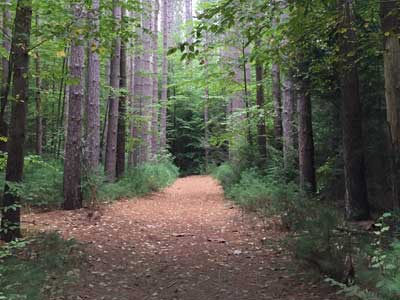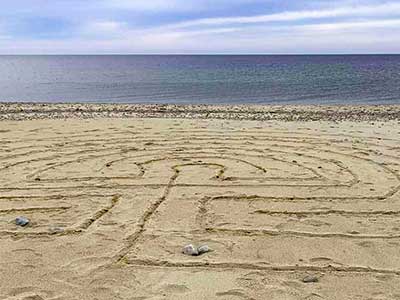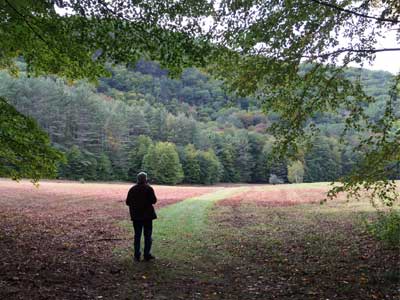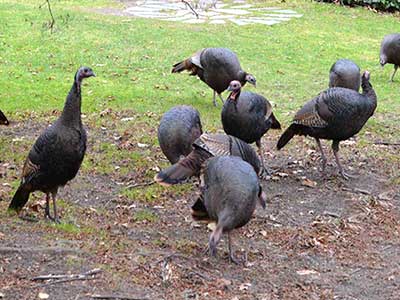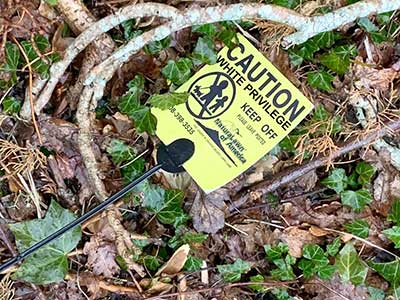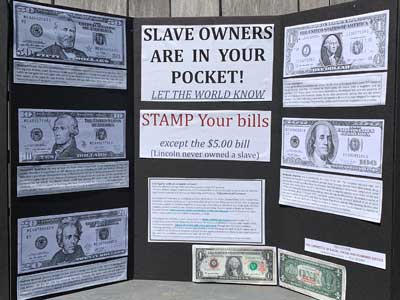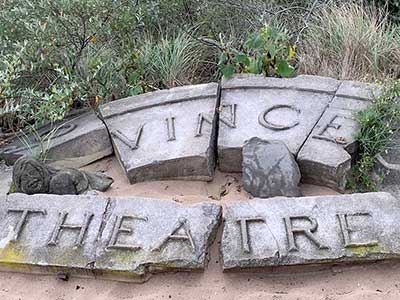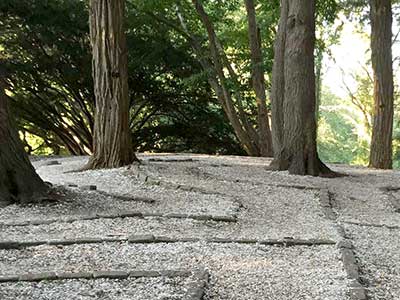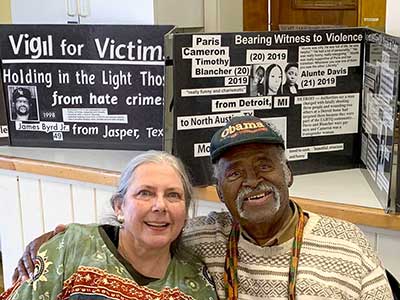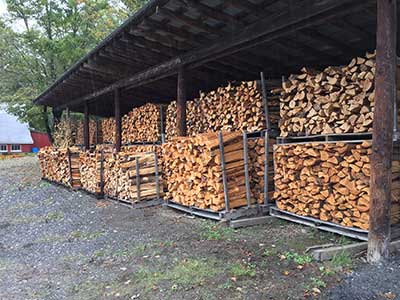by Michael Harriot | May 2021
When the country collectively witnessed the brutal May 25, 2020 death of George Floyd, white people were forever changed. Millions took to the streets, arm-in-arm with their fellow brethren, offering their support for justice and equality. …This multiracial outpouring of sympathy and solidarity transformed the country. And then, white people went home and kept being white. This harsh realization is not an opinion. It is a factual statement based on the research and analyses of multiple organizations. And before we get to the “not all white people,” part of the conversation, let’s be clear, the reports are based on studies that showed that the vast majority of white people didn’t just not do anything. According to stuff like math and science, the levels of white support are lower than they were before demonstrations swept the country last summer. For instance, remember all those corporations who pledged to donate money to social justice organizations? Well, it turns out that the companies employed a very complex loophole called “lying like a motherfucker” to get out of actually doing what they said they would. According to a review of pledges compiled by Creative Investments Research, businesses have donated less than one percent of the money promised.
TAGS: [Collective Action] [2020’s] [Social Justice] [Systemic Racism] [Police Shootings] [Black Lives Matter] [White Blindness] [White Culture] [White Supremacy] [White Privilege] [Policing] [History] [Politics]
by Keith Reed | November 20201
Two teens in a Philly suburb were just charged with the tragic shooting death of an eight-year-old Black girl who died back in August. The only problem is nearly everyone acknowledges it was cops—who have yet to be charged—who shot the girl and three other people at the scene. We’re confused, too. According to the Philadelphia Inquirer’s coverage, the incident happened on Aug. 27, 2021 when Hassein Strand, 18, and Angelo Ford, 16, started shooting at each other about a block away from where a high school football game was concluding. Both are now charged with first-degree murder and other counts by the Delaware County District Attorney’s office in the death of Fanta Bility, a little girl who died at the scene. It all sounds straightforward, until we hear from the DA, Jack Stollsteimer about why he charged who he charged.
TAGS: [Racial Terrorism] [2020’s] [Policing] [Police Shootings] [Accountability] [-ing While Black] [Black Lives Matter] [Systemic Racism] [Justice System] [Assumptions]
by Kyle Mittan, University Communications |October 2021
Anyone who’s spent a few autumns in Tucson will know the signs of the changing season, especially the cooler temperatures and the increase in drivers on the road as snowbirds return. But the appearance of some other, more unique, symbols also mark the occasion. Calaveras, or skulls – often in the form of edible, decorative sugar skulls – and papel picado, pieces of colorful paper with intricately cut-out designs, are ubiquitous in southern Arizona come October, but what do they mean? They’re icons of Día de los Muertos, or Day of the Dead – a holiday with roots in Mexico that is now celebrated all over the world.
TAGS: [Assumptions] [2020’s] [Latino/a] [Indigenous] [Definitions] [Art & Culture]
by Christoph Strobel | February 2022
The essay explores the often-ignored histories of the indigenous people who resided on the confluence of the Merrimack and the Concord rivers up to the 1650s. This place is characterized by a significant bend in the Merrimack River as it changes its southerly flow into an easterly direction. Today, the area includes the modern city of Lowell, Massachusetts, and its surroundings. While the 1650s saw the creation of a Native American “praying town” and the incorporation of the Massachusetts Bay Colony’s towns of Chelmsford and Billerica, it is the diverse and complex indigenous past before this decade which North American and global historians tend to neglect. The pre-colonial and early colonial eras, and how observers have described these periods, have shaped the way we understand history today. This essay problematizes terminology, looks at how amateur historians of the 19th and early 20th centuries have shaped popular perceptions of Native Americans, and explores how researchers have told the history before the 1650s. The materials available to reconstruct the history of the region’s Native Americans are often hard to find, a common issue for researchers who attempt to study the history of indigenous peoples before 1500. Thus, the essay pays special attention to how incomplete primary sources as well as archeological and ethnohistorical evidence have shaped interpretations of this history and how these intellectual processes have aided in the construction of this past.
TAGS: [Strategies] [2020’s] [Indigenous] [History] [Systemic Racism] [Implicit Bias] [Myths] [Politics] [Slavery] [White Supremacy] [White Culture] [Silencing POC] [Health Disparities] [Economics]
by Tim Wise | November 2021
Worried that racial justice activism might embolden progressives pushing for meaningful equity initiatives in policing, the workplace, and elsewhere, conservatives latched on to this strategy — attacking classroom discussions of racism as “indoctrination” — so as to limit awareness of racial injustice among youth, energized by last summer’s events. The right claims anti-racist curriculum is about guilt-tripping white students. One of the primary weapons in the rhetorical arsenal of this advancing army has been the claim that anti-racist curriculum seeks to make white children feel guilt and shame because of their skin color.
TAGS: [Individual Change] [2020’s] [Anti-Racism] [White Supremacy] [White Culture] [White Privilege] [Social Justice] [Policing] [Employment] [White Fragility/Tears] [History] [Teachers] [Systemic Racism] [Slavery] [Black Lives Matter] [Indigenous] [Advocacy][CRT]
by Visit LaGrange Georgia | Date Unknown
Horace King was born in 1807 in South Carolina. Unlike most enslaved persons, he was taught to read and write at a young age. By adulthood, he’d become a competent builder. It’s unclear how he learned the lattice truss design he used for building bridges, but it may have occurred when the lattice truss Pee Dee River Bridge was built near his home. Around 1830, King was purchased by contractor John Godwin. Godwin took King with him to build a bridge over the Chattahoochee River and the pair began working on construction projects throughout the South. In the mid-1830s, Godwin sent King to Oberlin College in Ohio, the first college to admit African Americans. Following his education, King returned to work with Godwin, building courthouses and bridges throughout Georgia and Alabama. In 1841, they rebuilt their Columbus City Bridge which had been destroyed in a flood. Godwin experienced financial difficulty in the late 1830s and transferred ownership of King to his wife and her uncle, possibly to protect King from being taken by creditors. King was permitted to marry a free woman, Frances Gould Thomas, which was a rare allowance within states practicing the enslavement of people.
TAGS: [Assumptions] [History] [Slavery] [Role Model] [Politics] [Civil War] [Systemic Racism] [Black Lives Matter]
